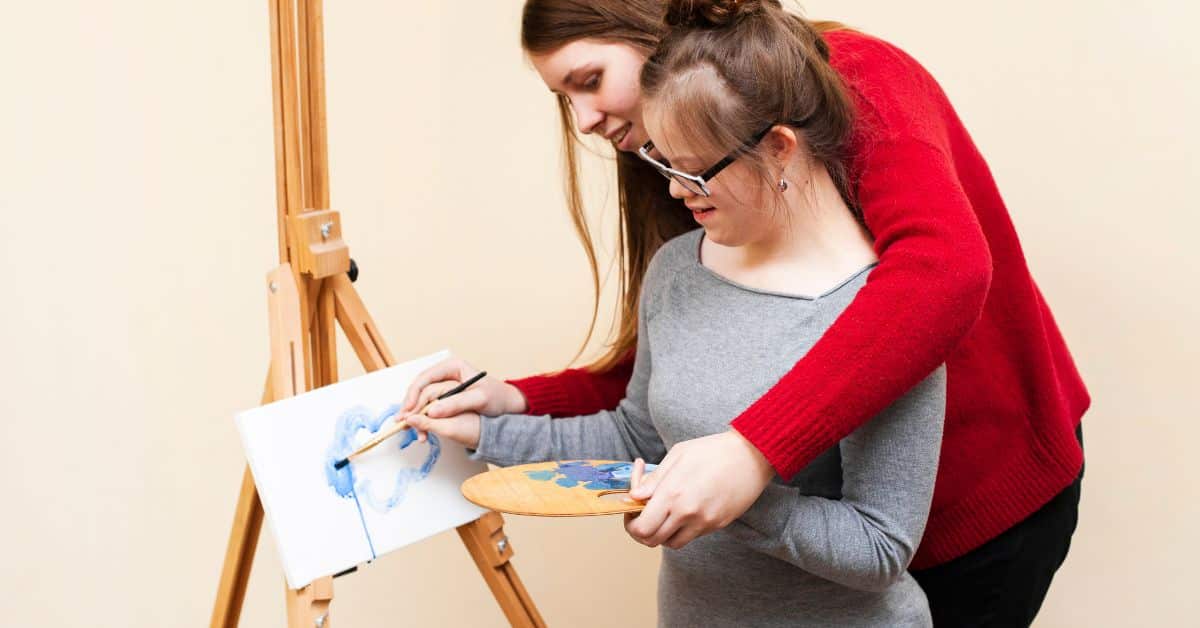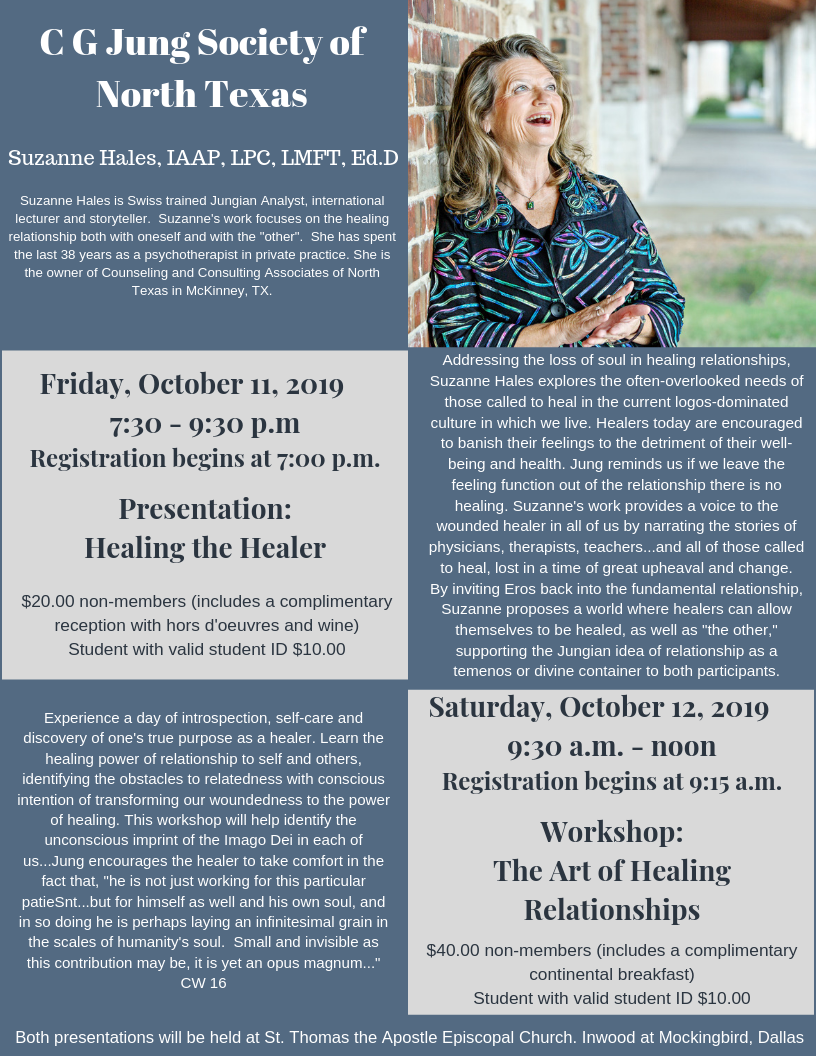Art therapy is an innovative and powerful therapeutic technique that uses art-making as a means of expression and healing. Whether you are seeking emotional relief, stress reduction, or self-discovery, learning how to do art therapy can significantly enhance your mental health and emotional well-being. By combining the creative process with therapeutic guidance, art therapy offers a non-verbal way to explore feelings, overcome challenges, and unlock new insights about yourself. In this guide, we’ll delve into how art therapy works, the different techniques you can try, and how you can incorporate this practice into your life for lasting emotional benefits.
What is Art Therapy? Understanding the Basics
Art therapy is a form of psychotherapy that uses the creative process of making art to improve and enhance a person’s physical, mental, and emotional well-being. It is practiced by trained professionals and can be incredibly helpful for individuals of all ages. In this section, we will dive into the fundamental principles of art therapy.
Art therapy combines the creative process with therapeutic techniques. Unlike traditional forms of therapy where words are the primary tool, art therapy emphasizes the act of creating visual art as a way to unlock emotions and promote self-awareness. This can include drawing, painting, sculpting, and even working with mixed media.
The process of engaging in art-making helps individuals express thoughts and feelings they might not be able to put into words. Art therapy is particularly beneficial for those dealing with trauma, anxiety, depression, or difficult life transitions.
Benefits of Art Therapy: Why You Should Try It
When it comes to understanding how to do art therapy, knowing its benefits is crucial. This form of therapy offers numerous mental, emotional, and physical benefits. Let’s explore some of the key advantages:
-
Emotional expression: Art therapy allows individuals to express complex feelings like anger, sadness, or frustration in a creative and non-verbal way.
-
Stress relief: Creating art can have a calming effect on the mind and help reduce anxiety and stress.
-
Improved self-esteem: Completing an artwork boosts self-confidence and fosters a sense of accomplishment.
-
Enhanced self-awareness: Art therapy encourages introspection and can help individuals explore their thoughts and emotions in a meaningful way.
-
Healing from trauma: For individuals recovering from traumatic experiences, art therapy can provide a safe space to process feelings and gain emotional healing.
How to Do Art Therapy: Simple Techniques You Can Use
Here are some simple yet effective art therapy techniques to get started:
1. Drawing Your Emotions
-
Take a moment to reflect on your current emotional state.
-
Choose a drawing tool (pencil, markers, crayons) and begin creating shapes or lines that represent your emotions.
-
There’s no right or wrong here; the goal is to let your emotions guide your hand.
2. Painting Your Feelings
-
Choose colors that resonate with your mood.
-
Let the brush flow freely without any preconceived idea of what the painting should look like.
-
The act of painting can serve as an emotional release and can help you connect deeper with your inner self.
3. Collage Therapy
-
Gather magazines, newspapers, or other materials.
-
Cut out images, words, or phrases that connect with your feelings or current experiences.
-
Arrange the pieces on paper or canvas to create a collage that tells a visual story of your emotions.
4. Sculpting with Clay
-
Working with clay provides a tactile experience that can help ground and calm your mind.
-
Use the clay to shape something that represents how you feel or to express a theme you are working through.
Art Therapy for Stress Relief: Techniques That Work
Art therapy is often used as a powerful stress-relief technique. Here’s how creating art can specifically help reduce stress:
-
Mindfulness: Art therapy encourages mindfulness by focusing on the present moment as you create. The act of focusing on the process rather than the end result can help calm your mind.
-
Distraction from stress: Engaging in art allows individuals to escape from daily stresses and anxieties, providing a mental break.
-
Relaxation: The repetitive motion of drawing, painting, or sculpting can induce a meditative state, leading to relaxation and peace.
Art Therapy for Personal Growth: Discovering Your Inner Self
Art therapy isn’t just for stress relief—it’s also a tool for personal growth and self-discovery. Here’s how:
-
Exploring unconscious thoughts: Art therapy can help you tap into your unconscious mind. When you create art without specific expectations, your subconscious thoughts and feelings can surface, offering new insights into yourself.
-
Improving emotional regulation: By expressing feelings through art, individuals can develop better emotional awareness and control.
-
Creative problem-solving: Art-making encourages creative thinking and helps you approach problems in unique ways. This can enhance both emotional and cognitive problem-solving abilities.
FAQs
1. What is the goal of art therapy?
The goal of art therapy is to use the creative process of making art to improve emotional, mental, and physical well-being. It helps individuals express their emotions, reduce stress, and gain personal insights.
2. Can anyone try art therapy?
Yes, art therapy is suitable for individuals of all ages, including children, adults, and the elderly. No artistic experience is required, as the focus is on self-expression and emotional release, not on creating a perfect artwork.
3. How does art therapy help with anxiety?
Art therapy helps with anxiety by providing a non-verbal outlet for emotions. Creating art can be calming and relaxing, reducing stress levels and promoting mindfulness, which in turn alleviates anxiety.
4. Do I need a therapist to do art therapy?
While art therapy can be most effective when guided by a trained therapist, you can also engage in self-guided art practices to explore your emotions and reduce stress.
5. What materials do I need for art therapy?
You can use basic art materials like paper, pencils, markers, paint, and clay. The focus is on the creative process, so you don’t need any fancy tools—just what feels comfortable for you.
6. How do I start doing art therapy at home?
To get started, find a quiet space, gather some basic art supplies, and start creating. Focus on how the art makes you feel and express whatever emotions arise during the process. You can also explore guided art therapy exercises online.
Conclusion
Incorporating art therapy into your life can be a deeply transformative experience. Whether you’re dealing with stress, emotions, or personal growth, art therapy provides a unique approach to healing that combines creativity with introspection. By using various art techniques, such as drawing, painting, and sculpting, you can uncover new insights about yourself, manage stress, and promote emotional well-being. If you’re looking for a therapeutic way to express your emotions and embark on a journey of self-discovery, art therapy is a powerful tool worth exploring.



